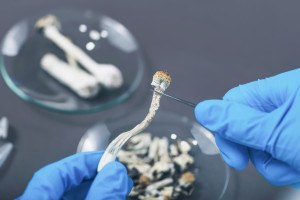Boston Researchers Develop Stem Cell Roadmap
Researchers at Boston Children’s Hospital, the Wyss Institute at Harvard University, and Boston University have developed CellNet, a computer algorithm which will serve as a “roadmap for cell and tissue engineering.” An asset to stem cell research and regenerative medicine, CellNet was created to help scientists confirm that lab-engineered cells match those found naturally in the human body.
“To date, there has been no systematic means of assessing the fidelity of cellular engineering—to determine how closely cells made in a petri dish approximate natural tissues in the body,” senior investigator and Boston Children’s physician George Q. Daley said in a statement. “CellNet was developed to assess the quality of engineered cells and to identify ways to improve their performance.”
The algorithm, published in the August 14 issue of Cell, compares an engineered cell’s network biology to that of a natural cell using public genome databases. This allows researchers to evaluate the quality of what are known as “induced pluripotent stem cells (iPS cells),” or cells which can be used to form body tissue, as well as specialized cells which are made from them. The results of these evaluations help researchers tweak the engineering process.
In testing CellNet and its applications, researchers identified four principles of stem cell science:
1) The Gene Regulatory Network [GRN] of iPS cells created by reprogramming a mature cell is nearly identical to that of stem cells made from embryos, confirming that iPS cells are a good raw material for creating specialized cells.
2) Once engineered cells are engrafted into laboratory mice, their GRN becomes even closer to that of the true target tissue, indicating that the body’s own tissues contribute signals to enhance the performance of transplanted cells.
3) Differentiating pluripotent stem cells into specific tissues is currently more effective than attempting to convert one specialized cell directly to another, creating cells whose GRNs are much like those of cells in the body.
4) Most specialized cells made from other specialized cells retain some “memory” of their cell of origin, making them less than ideal for certain uses but better for others.
CellNet will be available to all scientists as an internet resource. Researchers believe that the algorithm will help others use cells to model diseases and develop new treatments. “CellNet will also be a powerful tool to advance synthetic biology—to engineer cells for specific medical applications,” co-senior investigator James Collins said in a statement.


